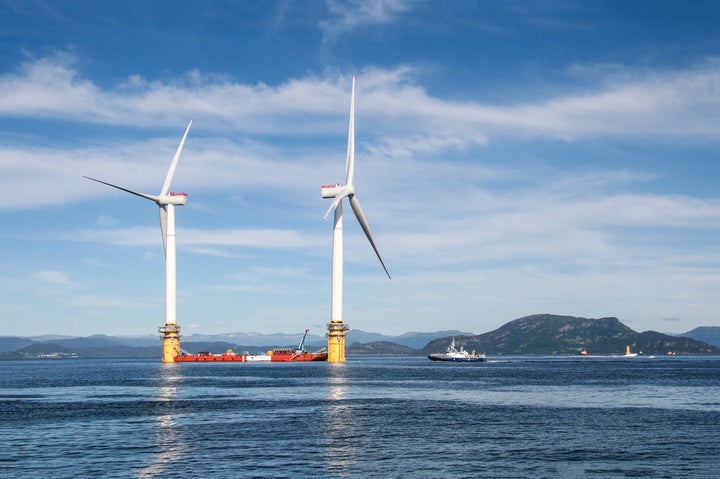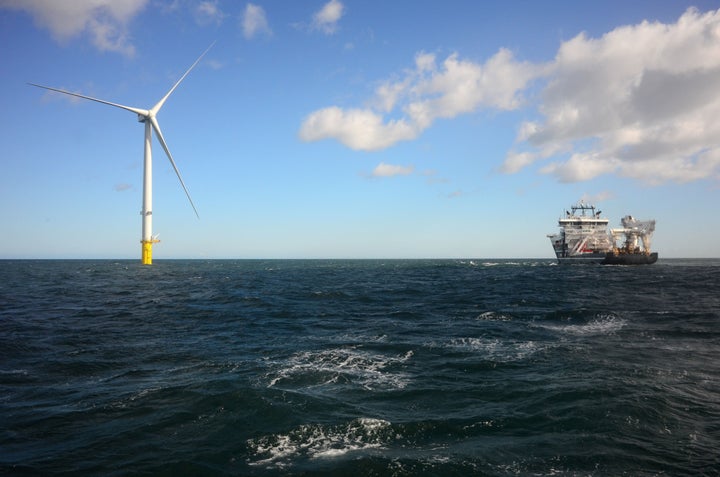Imagine if you could provide all the electricity for entire planet, and all it would take is just one small part of the ocean?
Well new research from Carnegie’s Anna Possner and Ken Caldeira suggests that this could in fact be possible and it’s all thanks to wind.
According to their research, wind farms in the North Atlantic could provide sufficient energy to meet the entire planet’s needs over winter. In the summer this would drop significantly but it would still be enough to power the whole of Europe.

How is this possible? Wind speeds are, on average, much higher over ocean than they are over land, which means that theoretically wind farms in the open ocean could capture five times more energy than wind farms on land.
Until now though, this was just a theory and there were serious questions about whether it was as straightforward as simply saying faster winds means more electricity.
“Are the winds so fast just because there is nothing out there to slow them down? Will sticking giant wind farms out there just slow down the winds so much that it is no better than over land?” Caldeira asked.
Much of the energy that is captured by large wind farms is brought down from the higher atmosphere. Other studies have then also demonstrated that there is a maximum amount of energy that land-based wind farms can capture from this.
Which raises the question, would wind farms over the ocean suffer these same constraints or would the atmosphere be able to move more energy downward over the ocean?
To try and answer that question Possner and Caldeira created complex modelling tools which compared land-based wind farms in Kansas with theoretical wind farms that would be built far out in the ocean.

The results were extremely promising.
“We found that giant ocean-based wind farms are able to tap into the energy of the winds throughout much of the atmosphere, whereas wind farms onshore remain constrained by the near-surface wind resources,” Possner explained.
In fact those ocean-based wind farms were able to generate as much as three times more energy than their land-based counterparts.
While open water wind turbines are still very much in their infancy, there is hope that this research will provide strong incentives for companies to start developing the technology at a faster rate.
In a statement to HuffPost UK, Emma Pinchbeck, RenewableUK’s Executive Director said: “The UK is the world leader in offshore wind and we have just built the first floating wind farm off the coast of Scotland. The advent of this innovative technology will allow us to harness powerful wind speeds at much greater depths.”
“It’s clear that floating offshore wind could play a key role in combatting climate change, helping us make the vital transition to a low-carbon economy. Our current offshore wind fleet, for example, is already powering over 5% of all the UK’s electricity, and we are on course to double that by 2020.”
